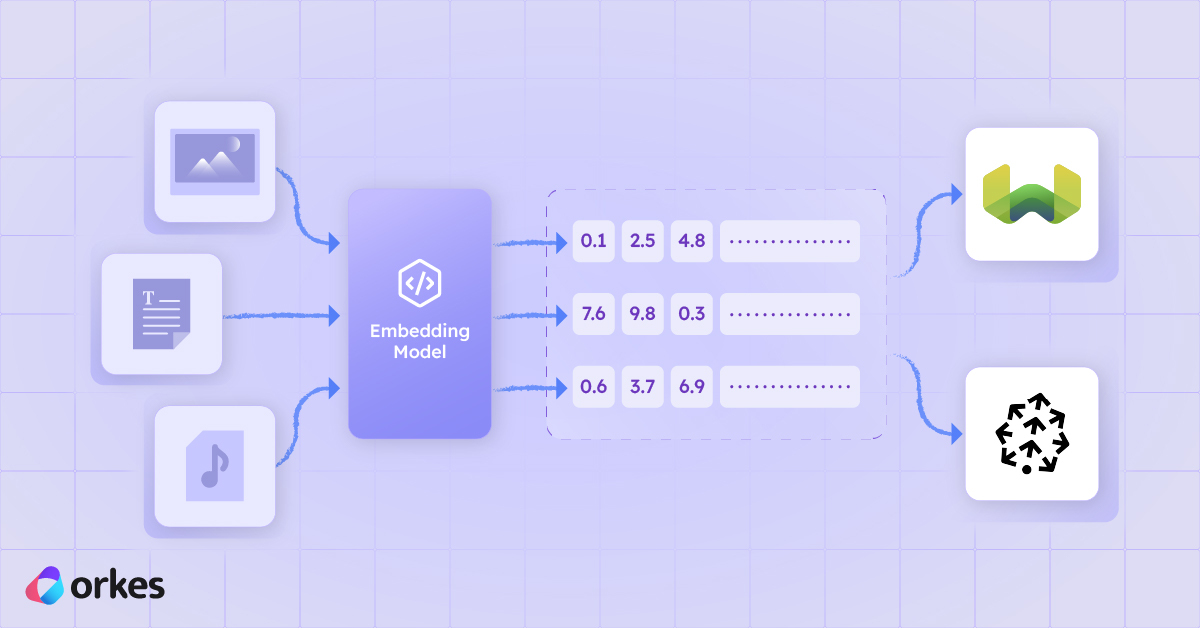AGENTIC ENGINEERING
Connecting Next.js Applications to Orkes Conductor Using the JS SDK

Maria Shimkovska
Content Engineer
September 10, 2025
5 min read
Loading...

.png)
Dec 4, 2025

Dec 2, 2025

Nov 26, 2025
Join thousands of developers building the future with Orkes.